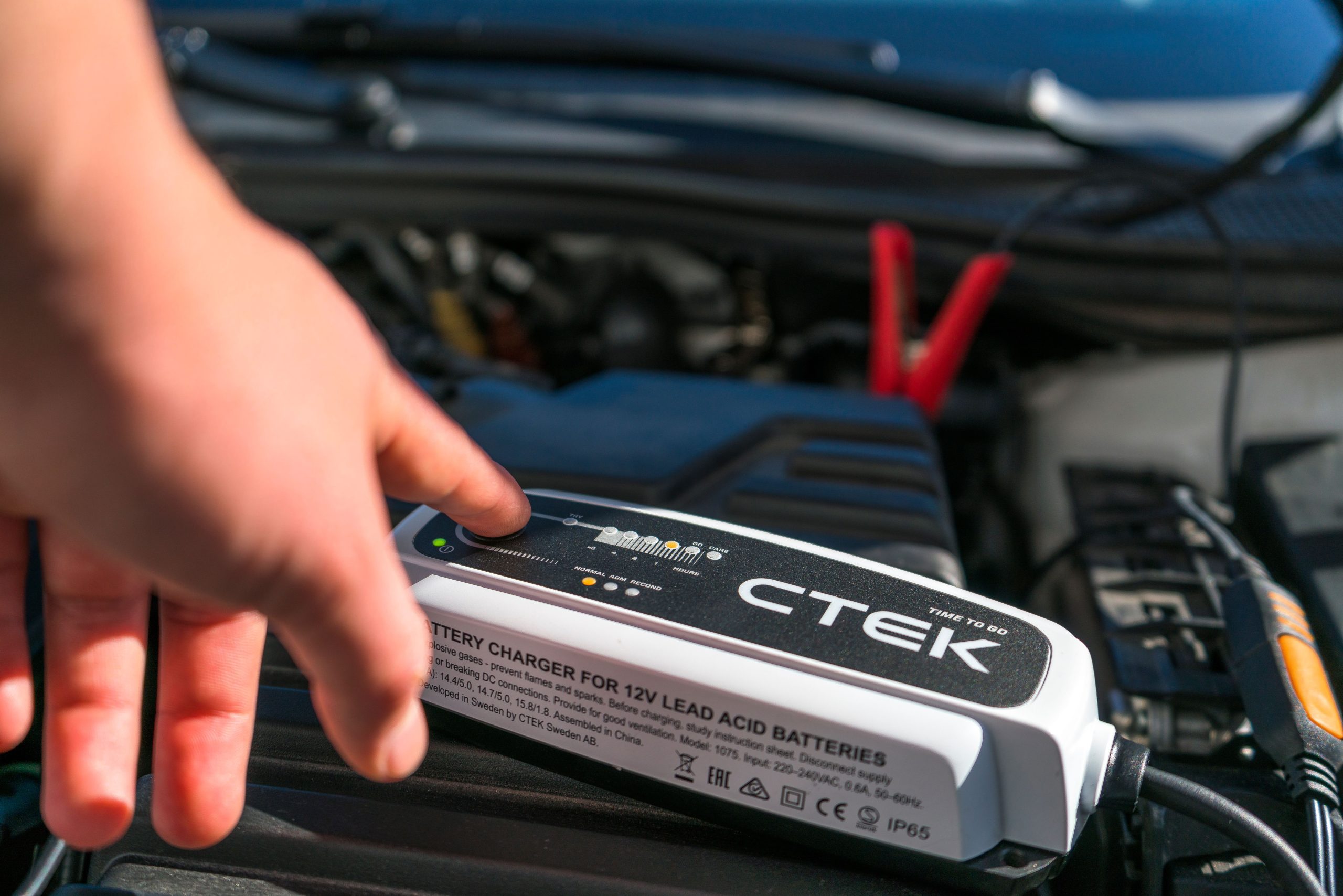Don’t let summer be one big breakdown – Automotive Blog

Many motorists know the importance of regular maintenance on their vehicle in preparation for the winter months, but many more are placing their car at risk of breakdown during the summer months due to a lack of maintenance at this time of year, that’s according to CTEK the leading global brand in the care and maintenance of vehicle batteries.
Summer heat is tougher on car batteries than the winter chill. With the warmer weather upon us at last, and the ongoing threat of heatwaves forecast for the UK, motorists should be making sure that their vehicle is protected against the summer heat. It may seem counterintuitive, but higher temperatures have a greater impact on the power-generating chemistry inside a battery.
Excessive heat causes the water in your battery’s electrolyte fluid to evaporate, weakening the battery’s charge and causing plate corrosion. This eventually leads to sulphation, or crystals forming on the battery’s plates, which can make your battery unusable. And with these challenges, it’s easy to think that that charging your battery over the summer months is the last thing you need to do. Mark Poole, CTEK Sales Manager explains how you can beat the heat and keep your vehicle running all summer long.
“The warmer the environment, the faster the rate of self-discharge: for example, a battery being stored at an average temperature of 27°C will discharge at a rate of 4{aa25fa8b82bb550df44f4514fef8e475020994699e2c082d49d75b275e3029cc} per week. Whereas a lead acid battery being stored at 18°C will only discharge at a rate of approximately 3{aa25fa8b82bb550df44f4514fef8e475020994699e2c082d49d75b275e3029cc} per month.
“Heat gives you a false sense of security when it comes to the state of your battery during the summer months. It is easy to think that everything is OK – however, that may not be the case. Even if the battery is not maintained during the warmer weather, it will still be able to start the vehicle because it doesn’t need as much energy to get the engine started, but if motorists don’t realise that their battery is becoming discharged in the heat, it could result in a flat battery the moment temperatures begin to drop.”
It’s vital to maintain voltage whatever the weather. If your battery falls below 12.4V, a chemical reaction called sulphation will start to happen. This is where lead sulphate crystals start to build up on the battery plates, degrading the battery, reducing battery capacity and cranking potential. Your vehicle will easily start if the battery is at 12.4V but beware, your battery is already dying.
You can also risk overcharging your battery in the warmer weather. Delivering an uncontrolled charge risks fluid loss through overheating or ‘boiling’ meaning that the battery will become unusable due to dried-out cells. If temperatures reach 25 degrees Celsius and above, batteries should be charged at a lower voltage to avoid this.”
Not only is it important to charge over the summer, it’s also important to charge with the right charger to protect against over-charging. The groundbreaking CT5 TIME TO GO battery charger and maintainer is easy to use and fully automatic, so it can be connected directly to the battery indefinitely, if required, and it won’t over or under charge. It also has built-In temperature compensation along with advanced technology to give you three charging and maintenance programs – Normal, AGM and Recond.
The CTEK CT5 TIME TO GO is a world first because it answers the question ‘When will my battery be fully charged?’ This means you can plan your day around your battery charging because the CT5 TIME TO GO gives you an accurate prediction of the remaining charging time in hours. Not only that, it’ll also tell you when you can safely try to start your vehicle before the battery is fully charged.
To find out more about the CTEK CT5 TIME TO GO visit: https://www.ctek.com/uk/battery-chargers-12v-24v/ct5-time-to-go-uk


